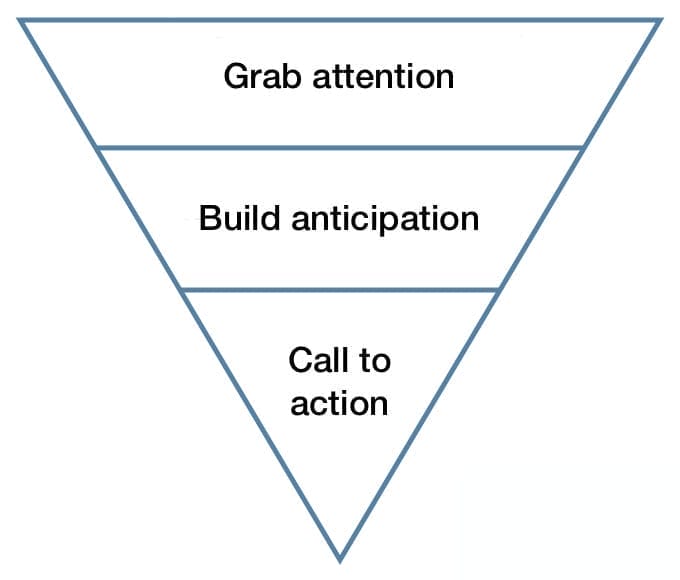Mailchimp is an automated email marketing platform that simplifies the marketing process, allowing users to manage mailing lists, design newsletters, create custom email templates, gather data and insights, and more.
What is Mailchimp?
Mailchimp is an automated email marketing platform that simplifies the marketing process, allowing users to manage mailing lists, design newsletters, create custom email templates, gather data and insights, and more. Mailchimp and its primary competitors: Constant Contact, Sendinblue, and ConvertKit, offer similar services, so much of the information in this article also applies to these competitors.
Email marketing is among one of the most successful ways to market for small businesses, with McKinsey & Company claiming that email marketing campaigns are around 40 times more successful than Twitter and Facebook marketing combined.
Mailchimp is incredibly easy to use, and with 12 million annual users, it is one of the most popular marketing platforms for small businesses. As a web-based application, no software is needed to use the program. Additionally, Mailchimp offers email templates with front-end editing capabilities, meaning no coding experience is required to design an appealing newsletter.

For information on how to set up a Mailchimp account, see this article.
Getting Started
When piloting a newsletter for your business, your primary concern should be your mailing list. A simple way to build a healthy mailing list is by utilizing an opt-in mechanism, where customers actively sign up to receive your newsletters, and auditing your mailing lists regularly to remove stale email addresses. The more positive engagement your newsletter gets, the less likely you are to be blacklisted by a domain provider. Blacklists are lists of IP addresses that are known to send spam and exist to keep unwanted mail out of inboxes. If your IP address is blacklisted, it can prevent you from sending email marketing campaigns in the future and can cause google crawlers to bypass your website, which can massively disrupt your search engine optimization. While blacklists may seem alarming, they are rather easy to avoid if you have built a healthy mailing list made up of opt-in customers.
What to Include in a Newsletter
When creating a newsletter, we recommend you use an inverted pyramid structure, with a large header image, a brief copy (content of the newsletter), followed by a clear and distinct call to action. Inverted pyramid style newsletters are easy for the customer to scan and clearly establish the main subject matter of the newsletter.

When it comes to the main content of your newsletter, there is a variety of information you can include. For example:
- Product and feature announcements
- Tips for getting the most out of existing products and features
- New blog posts
- Event invitations and information
- System alerts about changes to functionality or schedule
In addition to the main content, try to include links that lead back to your website, be it products, services, or blog posts. This encourages customers to engage with your newsletter, which will be reflected in the activity and performance insights.
You can include a wide variety of information in your newsletter, but in order to achieve the most success, be sure to follow the inverted pyramid structure and include links back to your website to encourage customers to actively engage with your business.
Mailchimp Data Insights
Another great feature of Mailchimp is its ability to measure the activity of customers and the performance of your newsletter. Mailchimp tracks open, close, forward, and bounce rates of your newsletter, meaning it reports on who opened your newsletter, who clicked on links, who immediately closed the newsletter, who forwarded the newsletter (and how those users interacted with it), and which email addresses were stale. Mailchimp can also report on e-commerce insights, tracking which users followed the call to action on your newsletter and proceeded to make a purchase on your website. Additionally, Mailchimp offers features that can track how your campaign is performing against your competitors and across social media platforms. The data gathered by Mailchimp can be used to direct further email marketing campaigns by reflecting which components of your newsletter are being engaged with the most and therefore should be used again.

Why Use Mailchimp?
Aside from offering a variety of services all in one place, Mailchimp makes it easy to safely send newsletters to a large number of email addresses all at one time. Instead of sending individual newsletters to hundreds or thousands email addresses, all with identical content, Mailchimp allows you to design a newsletter, upload a mailing list, and press send, significantly reducing the time and effort required to send a newsletter. Additionally, as stated above, using Mailchimp (and a healthy mailing list) allows you to avoid being blacklisted, which can happen if you send mass emails without using a service like Mailchimp.
Please email us if you have any problems or ideas to improve these instructions.









